Antarctic Winners and Losers
The impacts of climate change in the Antarctic will include temperature rise, sea-ice reduction and changes in food availability. Scientists from the British Antarctic Survey used risk assessments like those used in the workplace to determine which species will benefit and which are at risk.
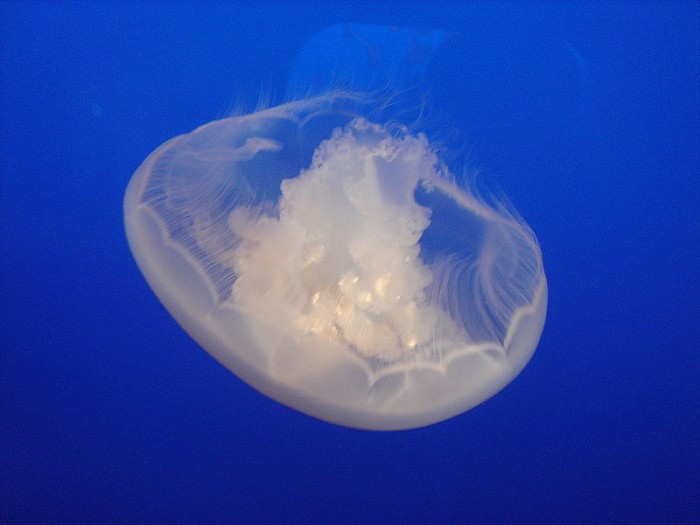 Image: By FASTILY (I created this work entirely by myself.) [CC-BY-SA-3.0 (http://creativecommons.org/licenses/by-sa/3.0) or GFDL (http://www.gnu.org/copyleft/fdl.html)], via Wikimedia Commons
Image: By FASTILY (I created this work entirely by myself.) [CC-BY-SA-3.0 (http://creativecommons.org/licenses/by-sa/3.0) or GFDL (http://www.gnu.org/copyleft/fdl.html)], via Wikimedia Commons Marine Antarctic animals closely associated with sea ice for food or breeding, such the humpback whale and emperor penguin, are most at risk from the predicted effects of climate change. Scientists from the British Antarctic Survey determined the winners and losers of Antarctic climate-change impacts, which includes temperature rise, sea-ice reduction and changes in food availability. They show that seafloor predators and open-water feeding animals, like starfish and jellyfish, will benefit from the opening up of new habitat. Their findings were published in the journal Frontiers in Marine Science.
“One of the strongest signals of climate change in the Western Antarctic is the loss of sea ice, receding glaciers and the break-up of ice shelves. Climate change will affect shallow water first, challenging the animals who live in this habitat in the very near future. While we show that many Antarctic marine species will benefit from the opening up of new areas of sea floor as habitat, those associated with sea ice are very much at risk,” said Dr Simon Morley, the lead author.
Mike Dunn, co-author of the study and seabird ecologist, explains: “We took a similar approach to risk assessments used in the workplace, but rather than using occupational safety limits, we used information on the expected impacts of climate change on each animal. We assessed many different animal types to give an objective view of how biodiversity might fare under unprecedented change.”
Krill, crustaceans whose young feed on the algae growing under sea ice, were scored as vulnerable, in turn impacting the animals that feed on them, such as the Adèlie and chinstrap penguins and the humpback whale. The emperor penguin scored as high risk because sea ice and ice shelves are its breeding habitat.
“The southern right whale feeds on a different plankton group, the copepods, which are associated with open water, so is likely to benefit. Salps and jellyfish, which are other open-water feeding animals are likely to benefit too,” added Dunn.
Other winners included bottom-feeders, scavengers and predators, such as starfish, sea urchins and worms.
“Many of these species are the more robust pioneers that have returned to the shallows after the end of the last glacial maximum, 20,000 years ago, when the ice-covered shelf started to melt and retreat,” says Dr David Barnes, co-author of the study. “These pioneer species are likely to benefit from the opening of new habitats through loss of sea ice and the food this will provide. Even if, as predicted for the next century, conditions in these shallow-water habitats change beyond the limits of these species, they can retreat to deeper water as they did during the last glacial maxima. However, these shallow-water communities will be altered dramatically – temperature-sensitive animals with calcium shells were scored as the most at risk if this happens.”
As more information becomes available, the researchers hope to improve their predictions.
Morley explains, “The next step is to assign weights to the factors and predicted impacts. For example, temperature is a factor that has major effects on cold-blooded marine animals, but will it be more of a problem than the benefit from loss of sea ice? It is very difficult to know until we have more data.”

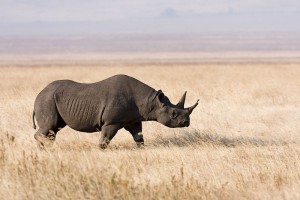
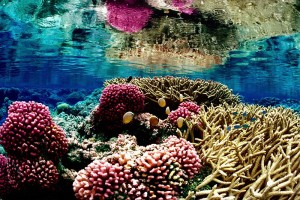
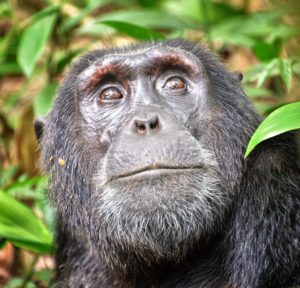
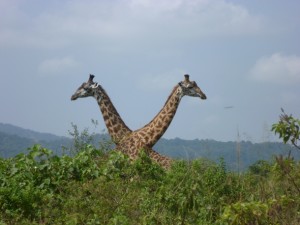
Sorry, comments are closed on this post